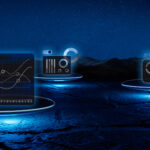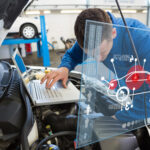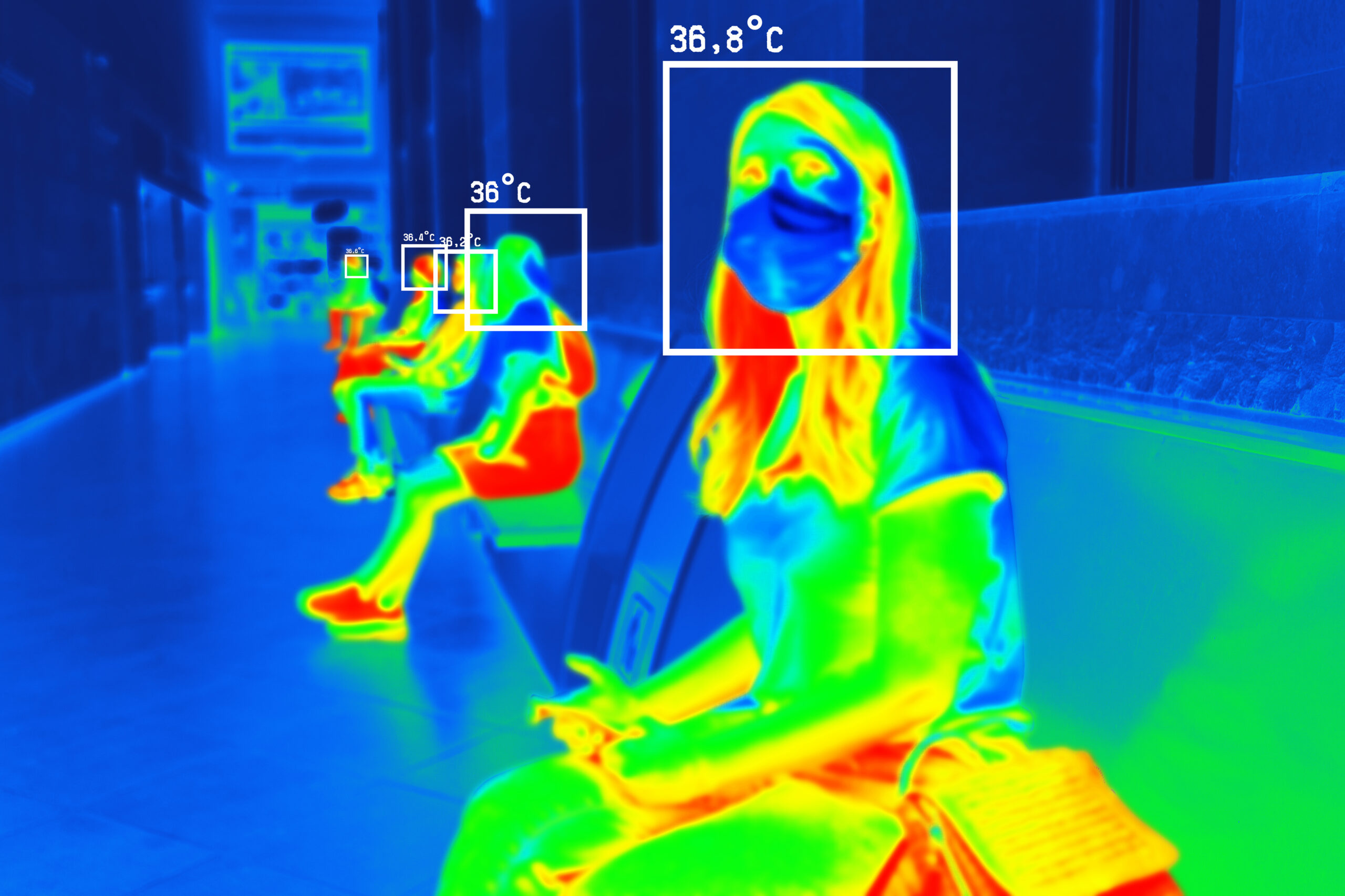
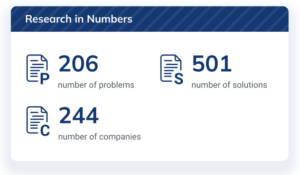 What Are Thermal Imaging Systems?
What Are Thermal Imaging Systems?
Where a normal camera captures an image using visible light, thermal imaging systems capture images using heat. All objects (living and nonliving) produce or retain heat, so under certain atmospheric conditions – smoke, fog, low light, etc. – thermal imaging is superior to visible imaging because it registers objects the naked eye cannot see.
How Do Thermal Imaging Systems Work?
Thermal imaging systems convert infrared (IR) radiation (heat) into electronic images (called thermograms) that depict the spatial distribution of temperature differences, with blues typically representing colder objects and yellows or reds warmer ones. The imaging camera is fitted with an infrared detector, usually in a focal plane array, of micron-size detecting elements or “pixels.”
Use Cases for Thermal Imaging
Though Covid-19 put thermal imaging on the map with contactless temperature sensors and the like, thermal imaging has many applications across a wide variety of industries beyond just healthcare.
- Public safety: Perhaps one of the most significant advantages of thermal imaging relates to public safety. Thermal drones are often used in search & rescue operations, fire fighting, and mobile monitoring because they keep responders out of harm’s way and penetrate atmospheric conditions that would make a visual search impossible.
- Smart manufacturing: When applied to manufacturing, thermal imaging can help ensure consistent quality and alert supervisors to equipment failures. For example, a car manufacturer might use thermal imaging in the production of their car exteriors to detect any fluctuations in temperature that could signal defects.
- Agriculture: Thermal imaging can detect minute temperature variations in crops to alert farmers to pests, diseases, fluctuations in acidity, and more. Ranchers may also use thermal technology to keep track of livestock over large tracts of land.
- Equipment Maintenance: Drones equipped with thermal imaging allow maintenance crews to inspect large swaths of land or potentially hazardous environs from a safe distance. For example, power stations, powerlines, and voltage regulation devices, may be easily inspected and checked for excessive heat spots, defective parts, and weak connections. Drones may also reduce costs and resources by decreasing the number of engineers required to conduct such inspections.
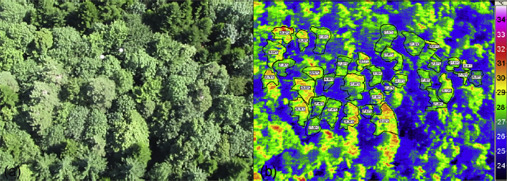
Sources
- https://www.sciencedirect.com/topics/earth-and-planetary-sciences/thermal-imaging
- https://www.guideir.com
- https://www.fda.gov/medical-devices/general-hospital-devices-and-supplies/thermal-imaging-systems-infrared-thermographic-systems-thermal-imaging-cameras
- https://www.thermal.com/about.html
